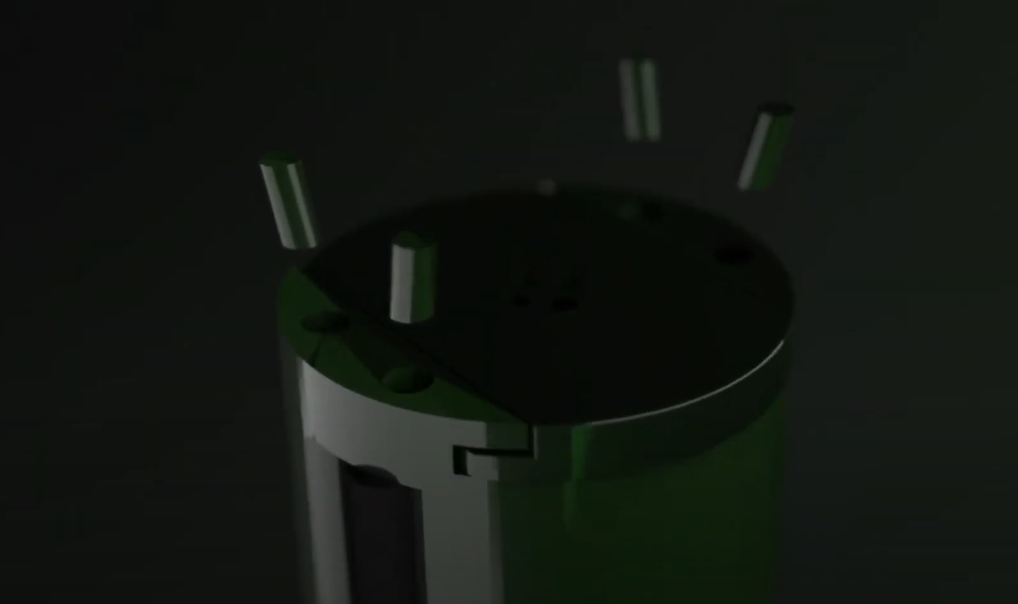Project Brief
During my sixth-form, I participated in an extra-curricular project with my friend, representing our school at the regional European CanSat Competition, organized by the European Space Agency. The project was to build a miniature satellite from a rocket that could deploy a parachute and read data for both a strict primary objective and a secondary objective to showcase our skills. Our team, Team Empower, had the goal of providing a cost-efficient system capable of providing high-quality aerial photos of the terrain below, which would be taken for automated analysis.
Primary & Secondary Objective
Our primary objective was to build a CanSat mini-satellite that could deploy a parachute and read data for the competition. Our secondary objective was to develop a system that could provide useful technological development for farmers. The system was designed to take high-quality aerial photos of the terrain below and analyze them using a coded program that compares the NDVI (normalized difference vegetation index) which has values of crop health indicated by crop color. The coded program would then be able to indicate farmers on their crop's healthiness and which areas need more or less fertilizer and irrigation. This was an important problem solution in current times because the human population is booming and the Earth is not increasing in size, so extremely efficient crop production is needed to feed all our population.
We also aimed to make sure that the CanSat's parachute prevented it from spinning/rotating and kept the camera pointing to the ground, in order to obtain high-quality, clear images of the terrain below the CanSat on its ascent. The data from the onboard camera was sent to the ground station from a transmitting antenna (in the CanSat) to a receiving antenna on the ground in real time, where the coded image analysis could begin.
My Responsibilities
I was responsible for designing and building the CanSat, as well as programming the coded analysis system. I also helped in assembling and testing the prototypes, and collaborated in the write-up and sketches of the project, making sure all the important information was included and was easy to understand. Overall, my role in the project was to lead the design and engineering efforts, working closely with my friend and the rest of the team to bring the CanSat to life.
Overview
Participating in the European CanSat Competition on a small £50 budget and limited resources was a challenging experience. We had to be creative and resourceful in order to achieve our goals within the constraints of our budget and resources.
One of the biggest challenges we faced was designing and building the CanSat within the budget. We had to be very mindful of the cost of materials and components, and we had to make sure that we were using the most cost-effective solutions. This required a lot of research and experimentation, and we had to be willing to try different approaches to find the best solution.
Another challenge we faced was learning new skills on our own. As we were working on a small budget and with limited resources, we had to teach ourselves useful skills such as data transmission, optimization of 3D modeling, transferring large loads of the parachute into small loads of pins while retaining the modularity of the product to be replaced if broken, crumble zone theory and testing. This required a lot of self-motivation and determination, as well as a willingness to learn from our mistakes.
Despite these challenges, we were able to achieve our goals and we were able to develop a functional and cost-efficient CanSat that met the requirements of the competition. We learned a lot of new skills and we developed a deeper understanding of the challenges and opportunities of working with limited resources. The experience was a valuable learning experience that taught us how to be resourceful and how to think outside the box in order to achieve our goals.
